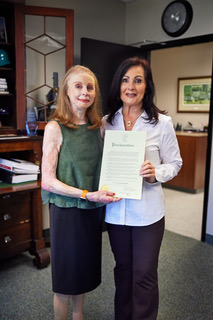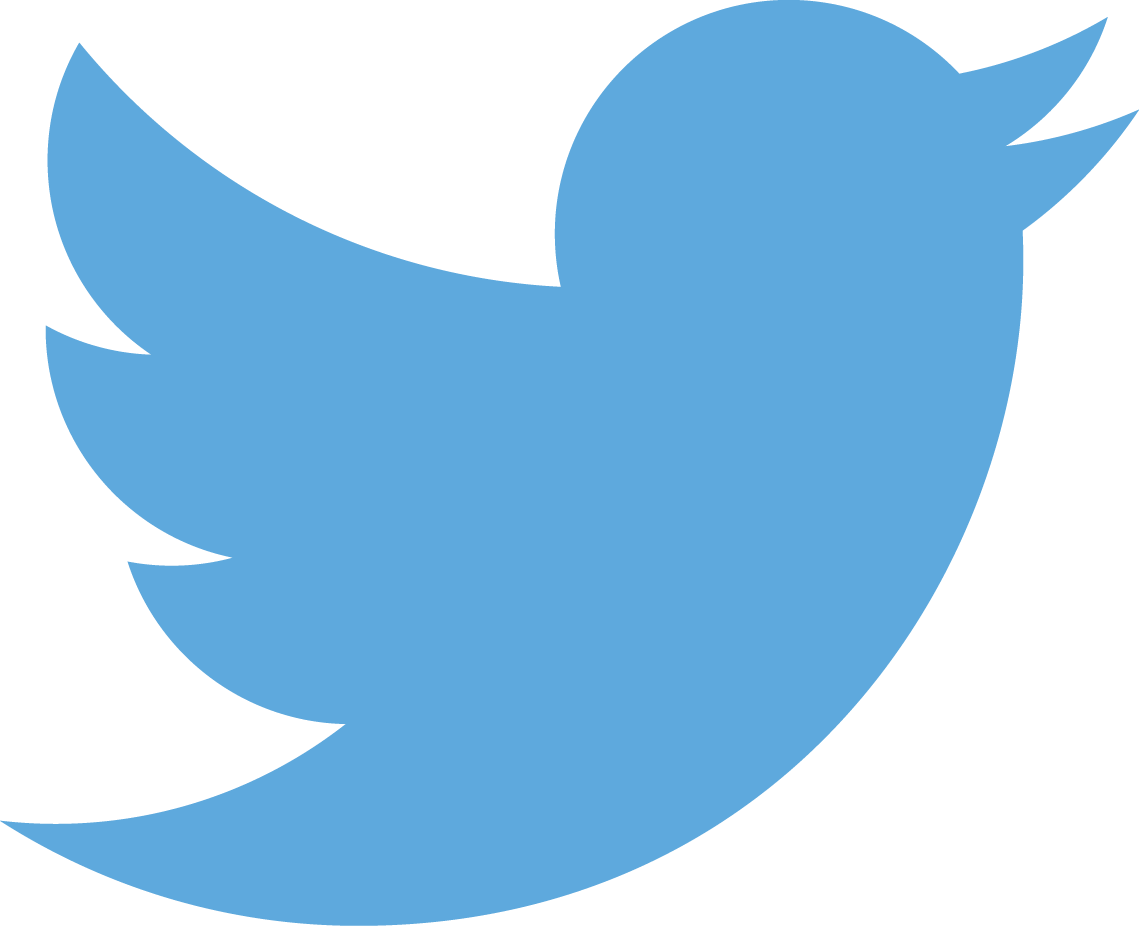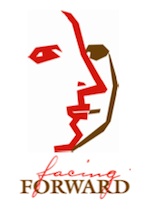Join us in honoring the significance of May 13-19 as International Face Equality Week, as declared by North Carolina’s Governor, Roy Cooper.
Greensboro Mayor Nancy Vaughan presents a proclamation to Charlene Pell declaring May 13-19 International Face Equality Week to raise awareness about the social and economic inequities often experienced by individuals with facial disfigurement/differences, and to adopt measures to foster respect for the rights and dignity of people with facial differences.
NC Governor Roy Cooper Proclaims May 13-19, International Face Equality Week
NC nonprofits Facing Forward and the American Cleft Palate Craniofacial Association (ACPA), two of 37 global alliance members of Face Equality International (FEI), are thrilled to announce that NC Governor Roy Cooper declared May 13-19 International Face Equality Week (IFEW)! https://governor.nc.gov/governor-proclaims-international-face-equality-week-2024
Connecticut, Michigan, and Massachusetts also recognize IFEW.
Facial difference is a term used to describe a facially diverse or non-normative appearance of the neck and above. It describes conditions or marks that an individual is born with and changes in facial appearance acquired permanently or temporarily. Face Equality is a social justice movement devoted to ensuring the facial difference or FD community can live freely, without indignity or discrimination. FEI works to protect the human rights of people with disfigurements and is an Alliance of 37 worldwide nonprofits that advocate to promote face equality, seeking to end discrimination against people with facial differences.
One in 10 people worldwide live with a facial difference, such as congenital conditions, birthmarks, scars, burns, or palsy. This community is often excluded from mainstream media and creative spaces, frequently experiencing discrimination in day-to-day life as a result.
This year marks the sixth year Face Equality Week has been observed globally. We’re celebrating “diverse” faces with the “My Face is a Masterpiece” Campaign, which focuses on our community’s talents and allies’ talents through art, writing, theatre, photography, and more. The campaign aims to use art as a tool for social good by:
- Encouraging allies and activists to use their creative expression to dismantle misconceptions about facial differences.
- Empowering society to celebrate what makes us unique as an act to create a more inclusive world for marginalized communities. Find out more about the campaign here.
Burn survivor Charlene Pell, founder and executive director of Facing Forward, is celebrating her new memoir In This Altered Body, A Survivor’s Story of Resilience and Love, challenging readers to rethink how they view disfigurement. BookLife describes Pell’s memoir as bold, moving, and vulnerable, saying, “Pell offers an enduring contribution to the testimony of human resilience by recounting her experience as a burn survivor.”
Disfigurement is a globally neglected human rights issue, with equality laws in the UK, USA, and Europe failing to protect this community from discrimination on several counts, as revealed in this pioneering research by global law firm Reed Smith LLP. The face equality campaign pushes for a world where the facially different community is valued equally and can live a life free from stigma.
One of the most effective ways to change attitudes toward disfigurement is for the media to present authentic representations, not worn-out tropes and stereotypes of scarred villains, scoundrels, outcasts, and pitiful characters in film and television. Over the years, producers, casting agents, and writers have included other marginalized groups such as LGBTQ, people using wheelchairs, amputees, and those with Down Syndrome in programming, serving to destigmatize certain conditions. Casting people with facial differences as extras in films, soap operas, and advertising would help to demystify and destigmatize disfigurement. It would be a good place to begin. https://www.psychologytoday.com/us/blog/disability-is-diversity/202303/hidden-from-view-women-with-facial-differences-in-the-media



